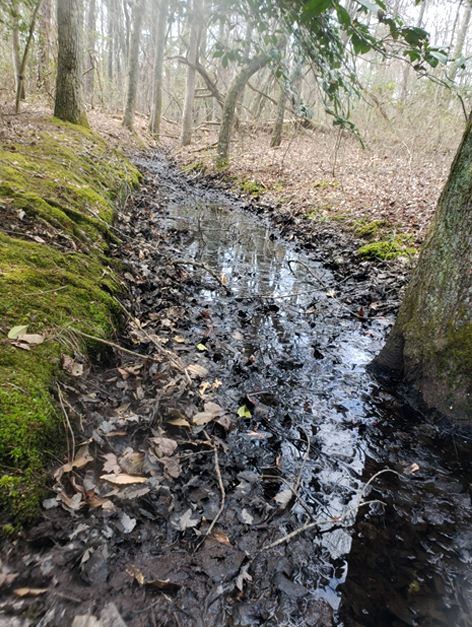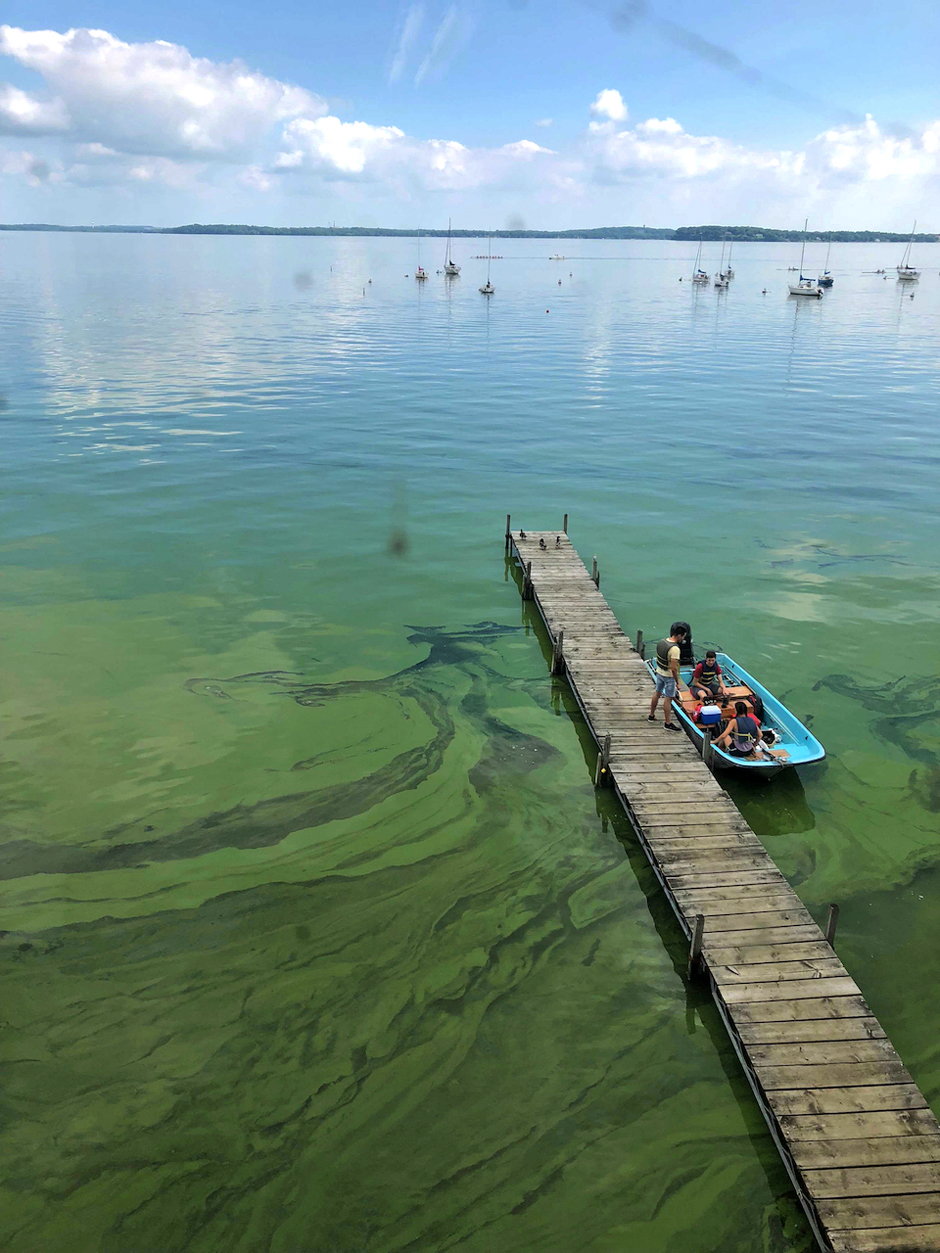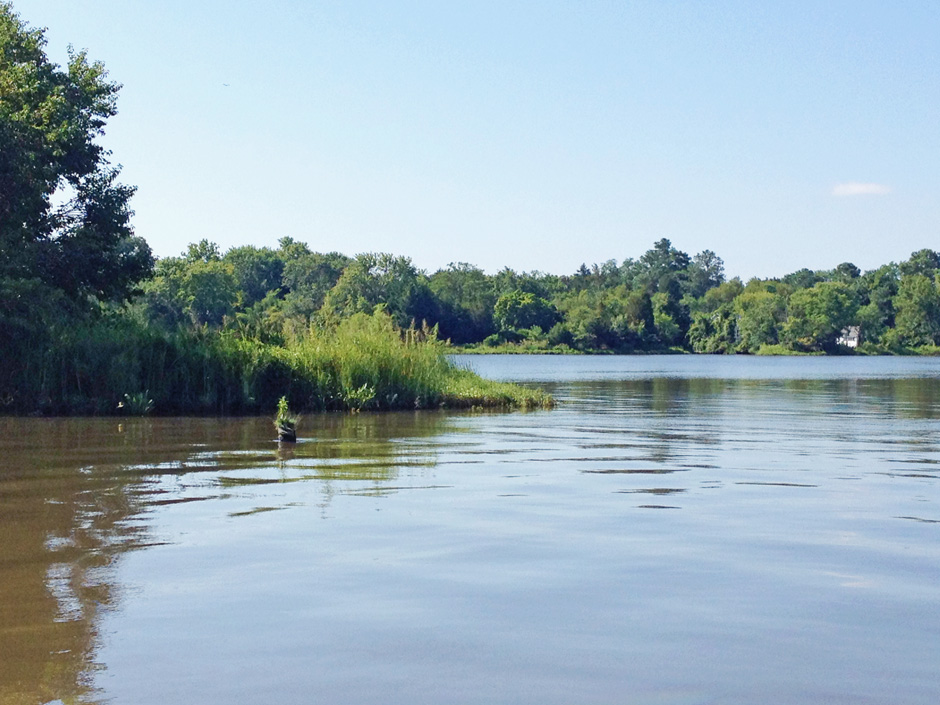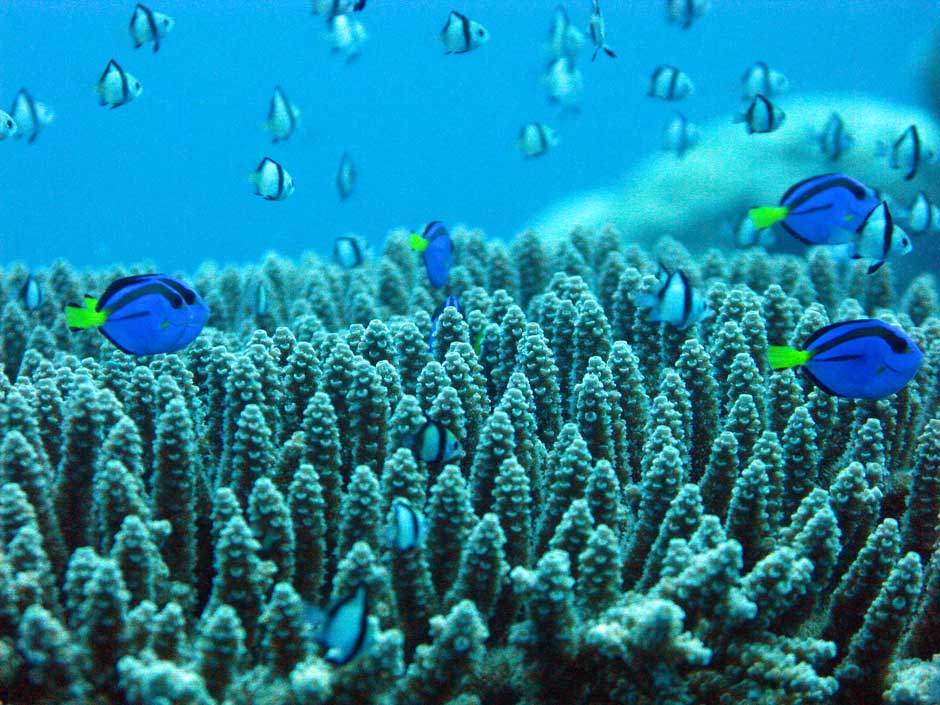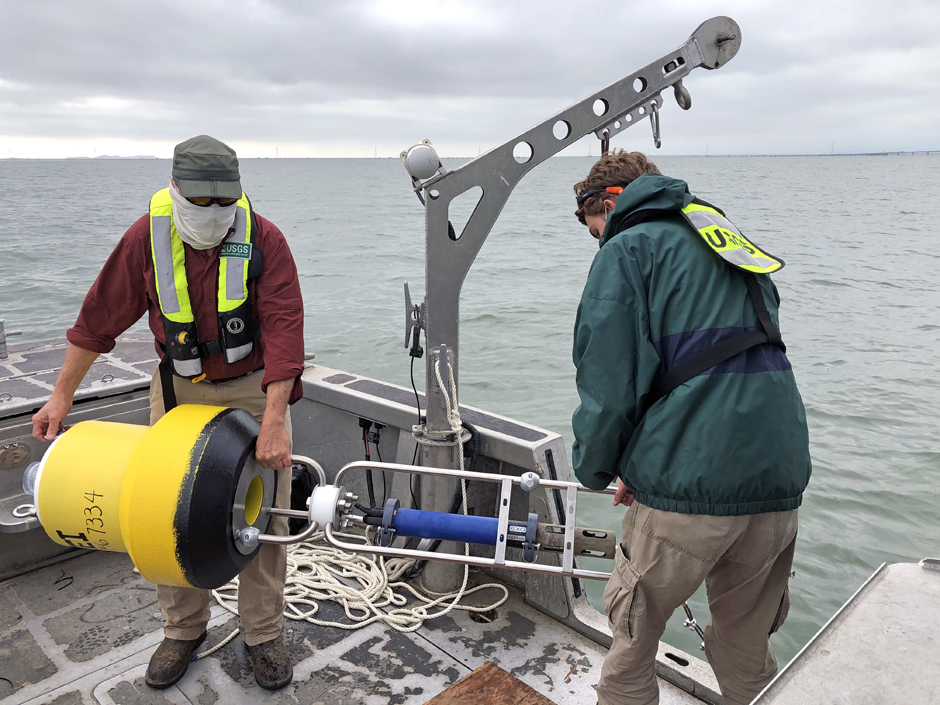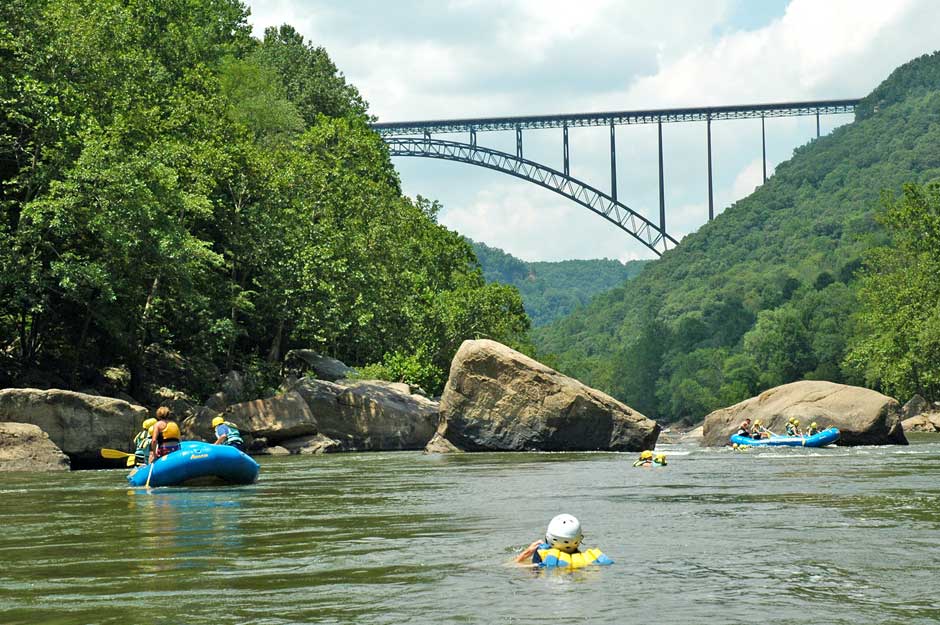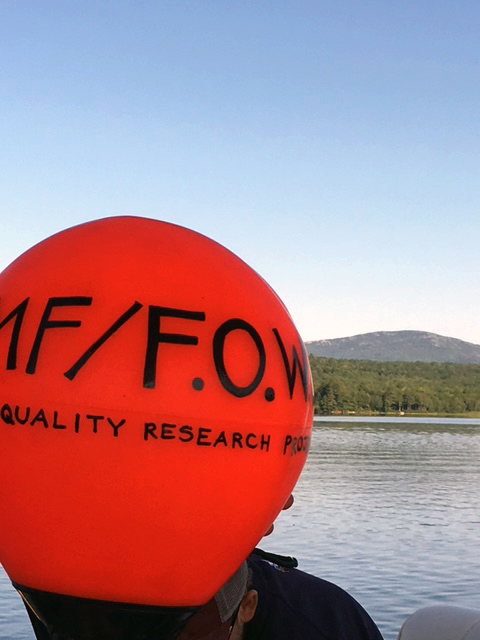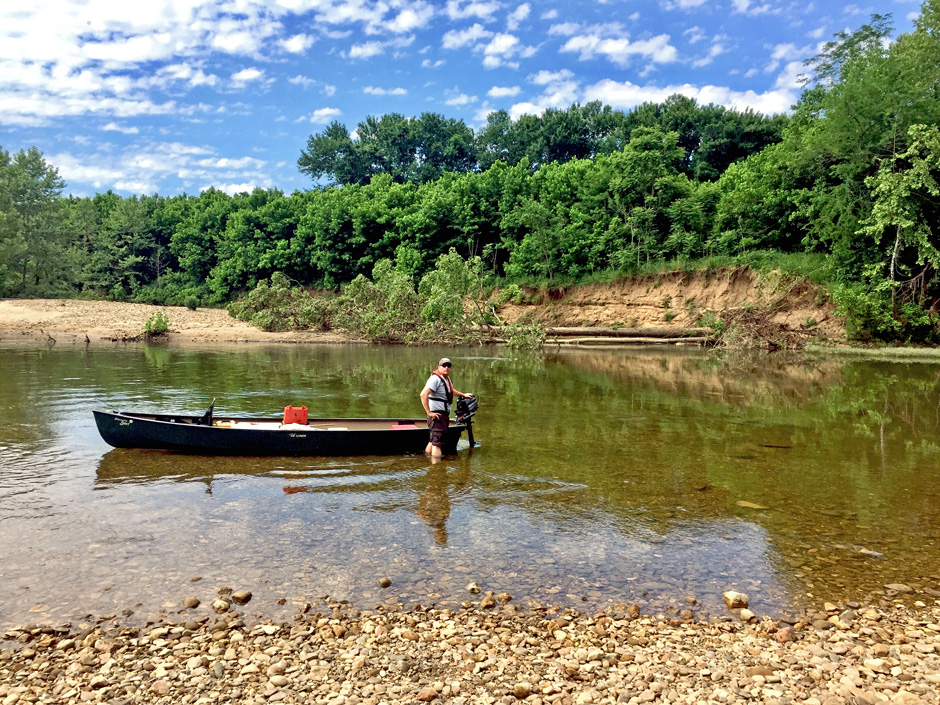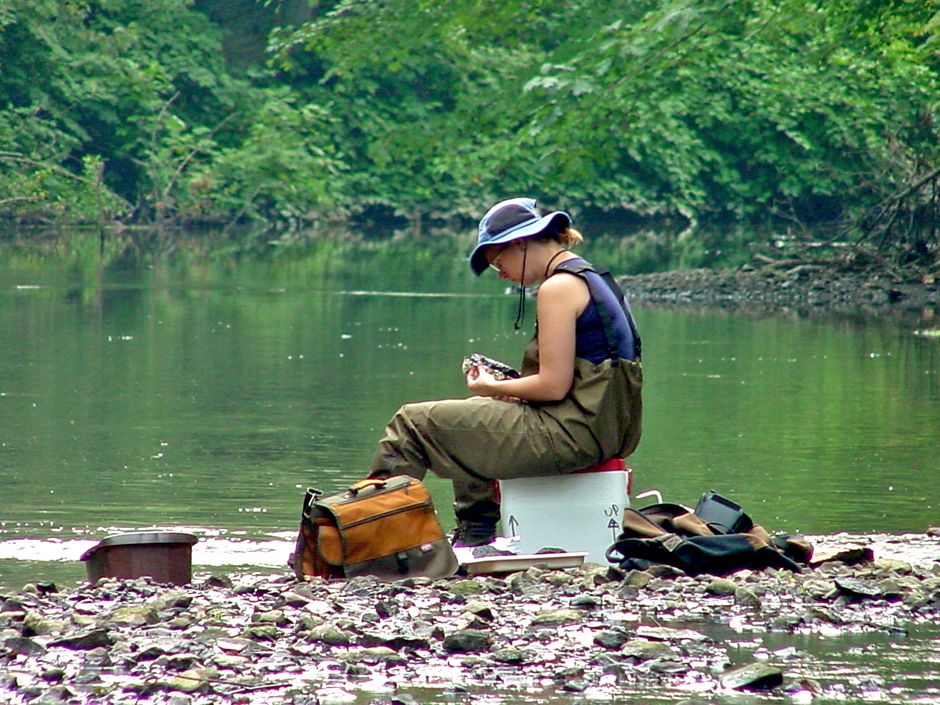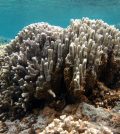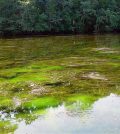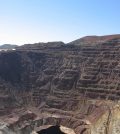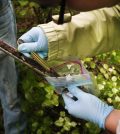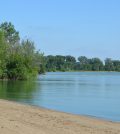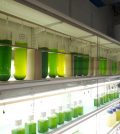Posts for tag "nutrients"
Aquatic Systems Connectivity: Finding Relationships Between Waters
The emerging field of aquatic systems connectivity examines waters, their existence spatially and temporally, and their connections to each other.
- Posted November 12, 2021
How Green Was My Cyanobacteria: Carbon, Nitrogen, and Phosphorus Cycling in Lakes
The influence of bacteria on carbon, nitrogen, and phosphorus cycling processes in lakes and their influence on lake health is explored.
- Posted October 29, 2021
Climate, Nutrients and the Future of Hypoxia in a Chesapeake Bay Tributary
A warming climate and low-oxygen from Chesapeake Bay will reduce oxygen more than nutrient reductions will increase it in the Chester River.
- Posted September 6, 2021
Charles River Algal Blooms Stop Swimming and Launch a Floating Wetland
After decades of abuse, new research and a floating wetland point toward a healthier future for the Charles River.
- Posted April 7, 2021
Sewage an Unseen and Ignored Threat to Coral Reefs and Human Health
While focusing on ocean-specific threats to corals, researchers miss a dangerous, world-wide flow of sewage from land.
- Posted November 18, 2020
San Francisco Bay’s Nutrient Phenomena
Two data buoys recently deployed in the shoals of San Francisco Bay could be filling the important data gap on the local impacts of nutrient loading.
- Posted September 30, 2020
A Nationwide View shows “Evolution” of Water Quality Concerns
A nationwide look at 15 water quality constituents, by the U S Geological Survey, reveals evolving concerns in American rivers.
- Posted July 2, 2020
Dissecting the Algae Blooms of Montana’s “Unique Gem” the Smith River
The Montana Department of Environmental Quality is studying why a native species of algae is covering one of the state’s most popular rivers.
- Posted April 29, 2020
Monitoring Wilson Lake All Year Long from Underwater
An underwater buoy designed to work even while locked in ice monitors physical conditions in Wilson Lake, Maine.
- Posted September 25, 2019
Investigating Pollution, Tainted Groundwater in Buffalo River Watershed
USGS scientists are working to find out why filamentous algae is plaguing the Buffalo River, and how to stop it.
- Posted May 24, 2019
Using Diatoms as a Water Quality Indicator
Recent research shows how diatoms can reveal how impaired water quality is, and perhaps help even laypeople monitor for water quality.
- Posted May 3, 2019
Monitoring the Mighty Mississippi
In partnership with over 30 cities, the USGS is now monitoring the Mississippi River in real-time, offering more meaningful data to scientists and the public.
- Posted December 4, 2018
Nanomaterials Plus Nutrient Pollution Means More Algal Blooms
Recent research tests the effects of multiple contaminants—two kinds of nanomaterials and nutrient pollution—on the eutrophication process in water.
- Posted October 1, 2018
Nutrient Pollution Accelerating Acidification of Coral Reef Ecosystems
A team has found that nutrient pollution accelerates acidification of coral reefs, directly impacting them and pushing them toward a net loss.
- Posted September 5, 2018
Working With Natural Processes—and Beavers—to Improve Water Quality
Researchers have found that beavers building dams in a natural landscape improve water quality significantly by removing sediment and nutrients from water.
- Posted September 4, 2018
IL Nutrient Loss Reduction Strategy Fostering Cooperation, Improving Water Quality
The IL Nutrient Loss Reduction Strategy is generating interest and improving water quality by reducing nutrient runoff into Illinois watersheds.
- Posted July 27, 2018
Mining Waste Cleanup Reveals Interesting Lake Dynamics
As scientists monitor a mining waste cleanup in a deep lake with unusual water dynamics, they learn more about how these dynamics impact remediation efforts.
- Posted June 22, 2018
Bacterium Breaks Down Ammonium in Sewage and Runoff Without Oxygen
Researchers have identified a microbe that breaks down ammonium, a common component in fertilizer and sewage runoff, without oxygen.
- Posted June 19, 2018
Grand Lake St. Marys Management Practices Improving Water Quality
A recent study reveals that best management practices for impaired Grand Lake St. Marys has resulted in much less runoff and lower nutrient levels.
- Posted June 8, 2018
Treating Wastewater and Producing Clean Energy with Microalgae
A team of researchers is refining our understanding of wastewater treatment with microalgae, producing a sustainable source of energy and treatment.
- Posted June 8, 2018


